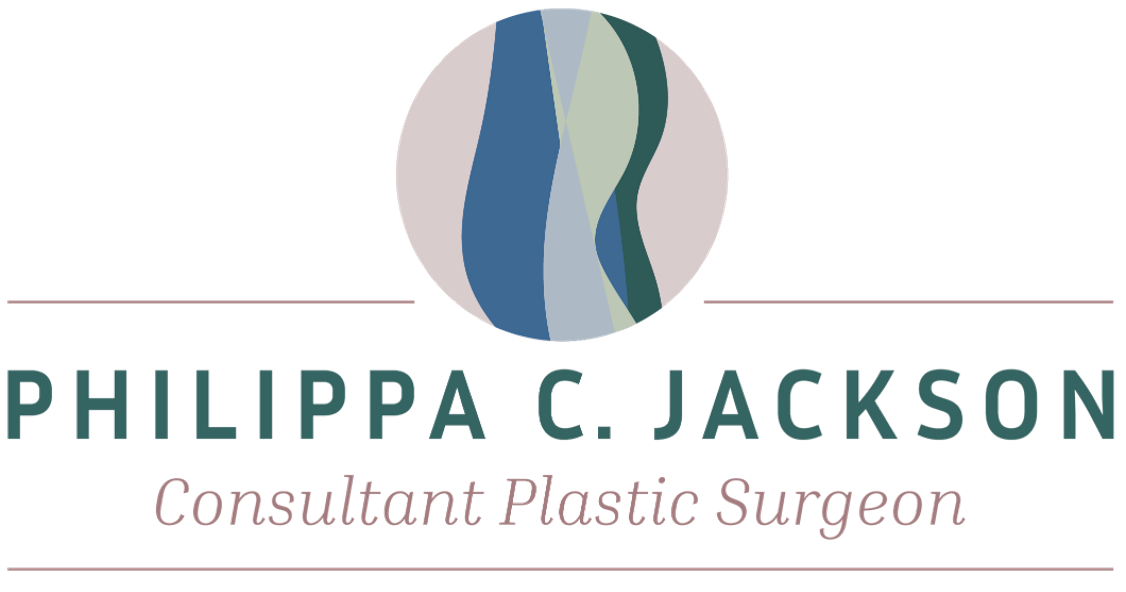Breast Enlargement
Breast augmentation with implants is an operation performed to increase the size or volume of your breast(s). This operation usually produces long-lasting results, in terms of the increase in breast size, for as long as the implants remain in-situ. However, there is always a chance that issues may arise with your implants or with changes to your breast tissue over time and you may require further surgery in the future.
Many women choose this surgery to restore lost volume following pregnancy or weight change, to correct natural asymmetry, or to achieve a more balanced figure. At our practice, each augmentation is carefully planned to create results that are natural, safe, and in harmony with your body shape and goals.
The procedure is carried out under general anaesthetic and typically lasts one to two hours. An incision is usually made discreetly in the breast fold to minimise visible scarring. Through this incision, an implant is placed either behind the breast tissue or partially under the muscle, depending on your anatomy and the desired outcome. Patients normally go home the same day, though occasionally an overnight stay is advised.

In the first week after surgery, it is normal to experience swelling, bruising, and a sense of tightness across the chest. These symptoms gradually improve, and most women feel comfortable enough to resume light daily activities within a week. A supportive post-surgical bra is worn continuously to reduce swelling and help the implants settle. Heavy lifting, strenuous exercise, and contact sports should be avoided for at least four to six weeks to allow proper healing.
Follow-up appointments are an important part of the recovery process. You will be reviewed to check that wounds are healing well and that the implants are settling into position. Scars gradually soften and fade over the following months. While implants are long-lasting, they are not considered lifetime devices. Some women may need further surgery in the future to maintain results, but many enjoy their augmentation for many years without issue. With careful planning and aftercare, breast enlargement can bring lasting improvements in body image and self-confidence.
Frequently Asked Questions
- You want an increase in the size of your breasts
- You have no objection to having silicone
- You accept the long-term risks associated with breast implants such as rupture and BIA-ALCL
- You understand that removing the implants in the future will result in residual loose skin
- Surgical time – 60-90 mins
- Anaesthetic type – General anaesthetic
- Time off work – 1-2 weeks office work, 2-6 weeks manual work
- Hospital stay – 0-1 nights
- Shower – immediately
- Reasonably mobile – 2 days
- Sleeping position – back or side
- Exercise including gym – 6 weeks
- Bras – front fastening post-op bra for 6 weeks day and night
- Sexual activity – after 1-2 weeks when comfortable
- Full recovery – 6 weeks
- Driving – 1-2 weeks


